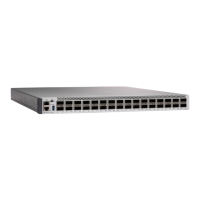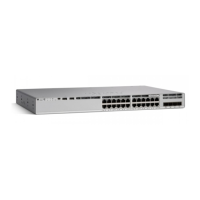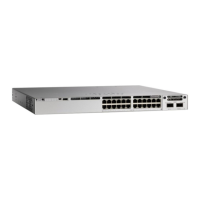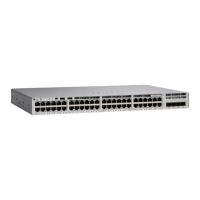Filtering Sources of Routing Information
Because some routing information might be more accurate than others, you can use filtering to prioritize
information coming from different sources. An administrative distance is a rating of the trustworthiness of a
routing information source, such as a router or group of routers. In a large network, some routing protocols
can be more reliable than others. By specifying administrative distance values, you enable the router to
intelligently discriminate between sources of routing information. The router always picks the route whose
routing protocol has the lowest administrative distance.
Because each network has its own requirements, there are no general guidelines for assigning administrative
distances.
Procedure
PurposeCommand or Action
Enters global configuration mode.configure terminal
Example:
Device# configure terminal
Step 1
Enters router configuration mode.router { rip | ospf | eigrp}
Example:
Device(config)# router eigrp 10
Step 2
Defines an administrative distance.
distance weight {ip-address {ip-address
mask}} [ip access list]
Step 3
weight—The administrative distance as an integer
from 10 to 255. Used alone, weight specifies a default
Example:
Device(config-router)# distance 50
10.1.5.1
administrative distance that is used when no other
specification exists for a routing information source.
Routes with a distance of 255 are not installed in the
routing table.
(Optional) ip access list—An IP standard or extended
access list to be applied to incoming routing updates.
Returns to privileged EXEC mode.end
Example:
Device(config-router)# end
Step 4
Displays the default administrative distance for a
specified routing process.
show ip protocols
Example:
Device# show ip protocols
Step 5
Routing Configuration Guide, Cisco IOS XE Everest 16.6.x (Catalyst 9500 Switches)
200
Configuring IP Unicast Routing
Filtering Routing Information

